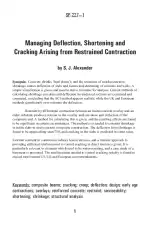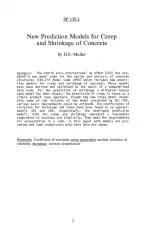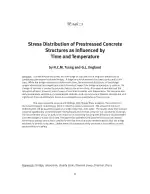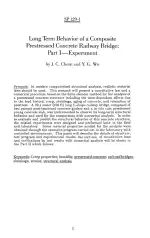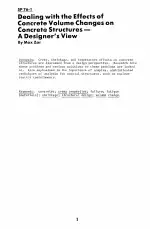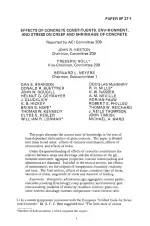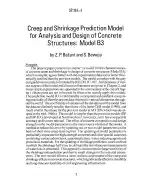Shrinkage and Creep of Concrete
Also Known As:
ACI SP-227:2005 standard addresses the concerns of structural engineers and materials scientists regarding the consequences of shrinkage, creep, and cracking on the serviceability and durability of concrete structures. Shrinkage refers to the reduction in volume of concrete due to drying, while creep is the gradual deformation of concrete under sustained loading. These phenomena can affect the performance and behavior of concrete elements, such as increased deflections, redistribution of internal force resultants, and warping of slabs.
The standard acknowledges the complexity of predicting shrinkage and deflection in concrete, especially when supplementary materials, chemical admixtures, and lightweight aggregates are used. It highlights the use of models to predict shrinkage, creep, and deflection, as well as the behavior of early-age concretes that are restrained from shrinking. The standard also emphasizes the importance of field assessments, experimental results, and the development of design aids to understand and mitigate the effects of shrinkage and creep in concrete structures.
The table of contents of the standard includes papers that cover various aspects of shrinkage and creep, such as managing deflection, shortening, and crack arising from restrained contraction, creep and shrinkage models for normal and high-strength concrete, and the estimation of time-dependent deformations of prestressed elements. Other topics covered include the effects of shrinkage and creep on integral abutment bridges, tension cracking in columns under compression loads, and the performance of self-consolidating concrete under restrained shrinkage.
| Descriptors | Creep & Shrinkage |
| Language(s) | English |
| File Size | 8.4 MB |

